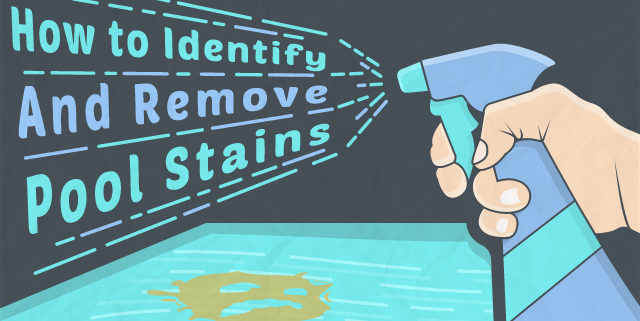Having a swimming pool in your backyard can be a fun way to keep cool during the hot summer months. But maintaining a pool is also hard work, particularly if you want to keep the water crystal clear all season long. If you neglect your pool at all, the water can turn cloudy, hazy and even green in a hurry. But it just takes a few key steps practiced regularly to keep your pool clear and sparkling so it’s always ready for family and friends to enjoy.
Maintain Chemical Levels
Maintaining proper chemical levels in your pool is the most important step in keeping the water crystal clear. The key levels to monitor are the chlorine and pH. Chlorine is used to kill germs and bacteria in pool water, so it plays an important role in keeping the water clear. The pool’s pH level, which measures how acidic or alkaline the water is, influences how effective the chlorine is in keeping the water clean. Use a water testing kit to measure the chlorine and pH levels approximately twice a week – the chlorine should measure between 1.0 and 3.0 parts per million, while the pH level should read between 7.2 and 7.6. If the level chlorine level is low, replenish your chlorine supply. If your pool’s pH is too high, you need to add acid to the water to help lower it. Muriatic acid and sodium bisuphate are the most common acids used to lower pool water pH. If your pool’s pH is too low, add an alkali like sodium carbonate to reduce the acidity.
Administer Shock and Algaecide Weekly
Even if you maintain proper chlorine and pH levels in your pool, the water may need a little boost to keep it clear and sparkling. Once a week, you should shock or super-chlorinate your pool to kill any lingering bacteria or algae that may be growing. Shock treatments are available at your pool supply store; make sure to read the package instructions carefully to know how much shock to add to the water since it varies based on the size of the pool. If you’ve noticed algae growing on the walls of your pool, you should also treat the water with an algaecide, a product designed specifically to kill algae. Algae can turn your pool water green, yellow or cloudy, so it’s important to prevent the growth.
Backwash
Your pool filter plays a key role in keeping the water crystal clear since it removes dirt and microscopic debris from the water to keep it clean. If you want your filter to remain working properly, however, you must clean it regularly too. This process is called backwashing and involves the water flowing through the system in the opposite direction to clean out the filter. If your water starts to look cloudy, it’s time to backwash your filter. You can avoid cloudiness, however, by making note of your pool’s normal pressure gauge reading and backwashing whenever the pressure is 5 to 7 pounds per square inch above the normal reading.
Skim Regularly
To keep your pool water clear and sparkling, you must remove organic materials like leaves, insects and other debris. While your filter will remove smaller particles, large items may not make it into the system. If they’re left to sit in the water, they can break down and leave the pool dirty and cloudy. Make a habit of skimming the pool regularly to remove larger debris. Depending on the landscape that surrounds your pool, once or twice a day may be sufficient.
Font: https://homeguides.sfgate.com/keep-swimming-pool-crystal-clear-80588.html










